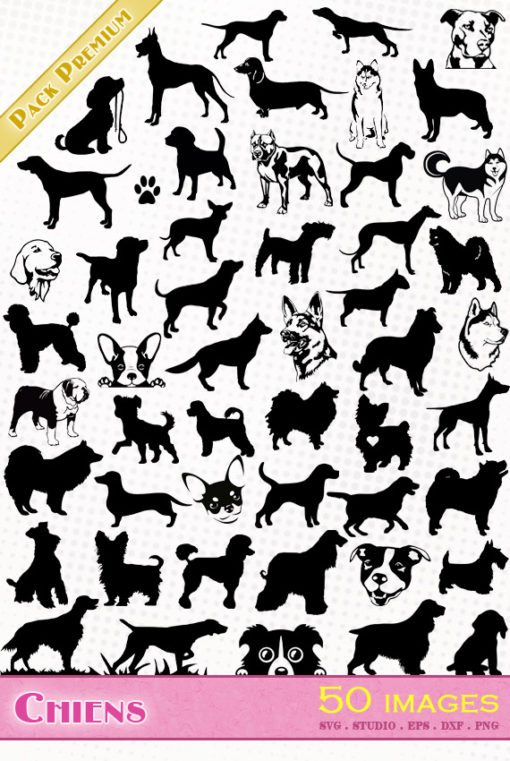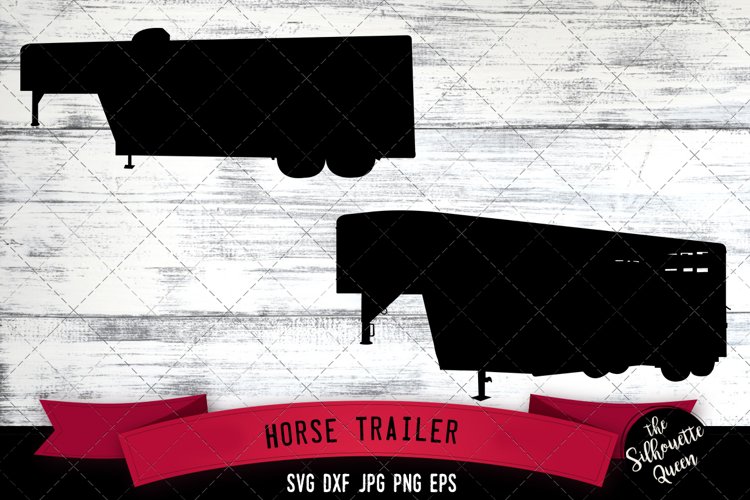
4) Click Select Trace Area and mark the image with your mouse.

The button can be found in the toolbar to the right. 2) Use the Trace feature to create the lines Silhouette recognizes as cut lines. Locate the file on your computer and click open. Let me know if I've missed anything significant in the process. 1) Upload a file either by clicking Open in the toolbar on the top, or from File > Open. If not, I'll fake up an example later tonight when I get home and get access to AD. afdesign file, I'll modify it appropriately and re-post it with matching steps. cutting shape (vector curve layer) (silhouette) Your layers should now be a simple structure of: For checking the SVG quality, you can import it into your Library in Silhouette Studio. So, in your example, you have two circular vector cutting shapes, one rectangular vector cutting shape, one "ribbon"-shaped vector cutting shape, and absolutely everything else is a bitmap layer "inside" each corresponding vector shape. Drag all rasterised/texture layers "inside" their appropriate vector cutting shape layer in the layer panel (so the vector shape also acts as an AD clipping shape). Another probably not necessary step: convert all vector shapes to curves.Ħ. Your upper left white circle should still be a vector shape, as should the outer circle on the upper right.ĥ. In your example, create a rectangle vector shape for the outline of the bottom right image, and a vector "ribbon" shape for the outline of your lower left image. The only real extra work: Create a vector cutting shape for any PNG or bitmap layer with transparency - do not reply on the PNG or bitmap transparency to create it. So the upper right circle shape, potentially merge the white circle down onto the outer texture layer.Ĥ.

Probably not necessary, but I'm paranoid: If more than one rasterised layer for any single cutting shape, merge them. the Happy Birthday text and inner black ring in your (Busenitz) other thread example, and also the white circle on the right-hand shape.ģ. Rasterise anything not needed as a cutting line e.g.

Make another copy of the AD file if you might re-use it in the future and want to make changes to shapes and textures.Ģ. Depending on surrounding transforms, groups, and other SVG tags, a program that does not support the full SVG specification might also have trouble recognising that a shape exists inside a tag it does not recognise.ġ. The disappearing shape looks like a layer order problem in that example - SVG does not specify depth, so it might be easy to have shapes present but out of order, depending on the SVG file and the interpreting program. Any experience in the Silhouette software, but some knowledge of SVG and raster/vector issues and the information in (excellent selection of sample steps!), it looks like it might be possible in AD with a little more preparation work to simplify the situation - in effect, to create vector silhouettes for Silhouette Studio.


 0 kommentar(er)
0 kommentar(er)
